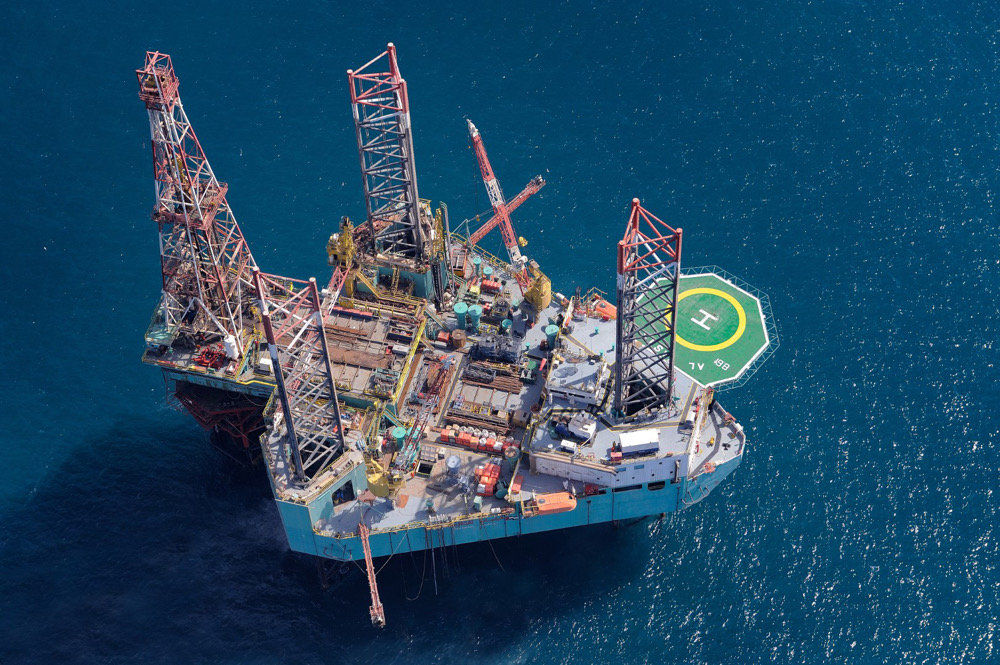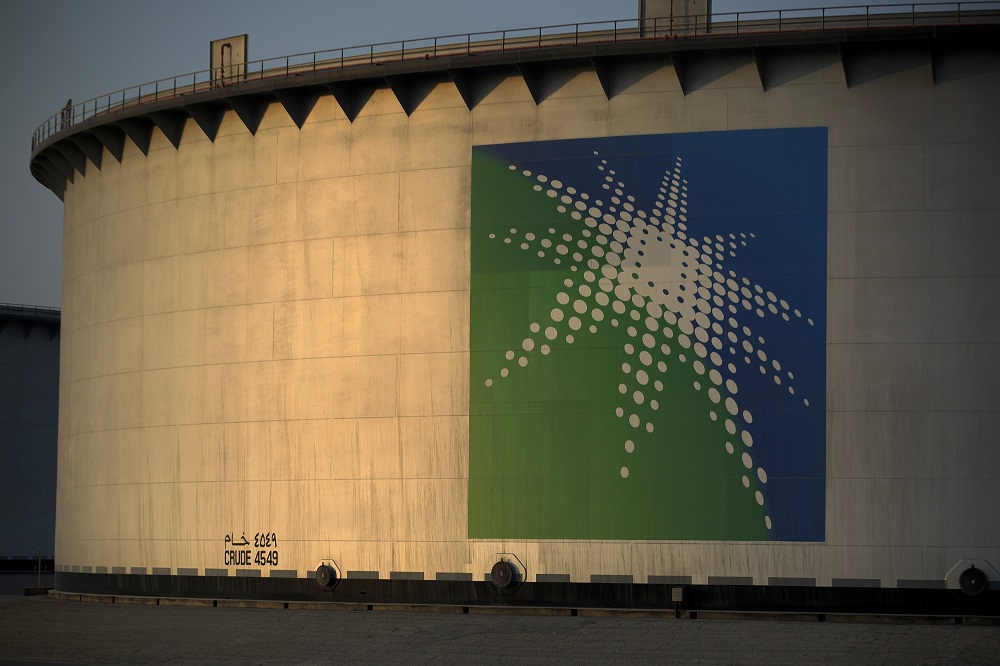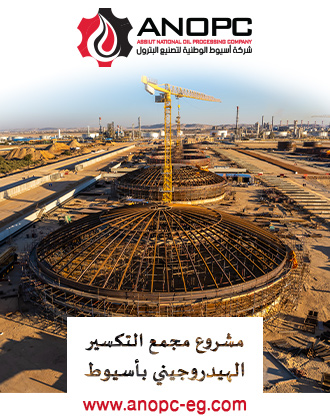International
Why the World Worries About Russian Nord Stream 2 Pipeline
Published on : 2021-05-22

A natural gas pipeline being built under the Baltic Sea from Russia to the German coast is shaking up geopolitics. Nord Stream 2, as it’s called, fuels worries in the U.S. and other countries that the Kremlin’s leverage over Europe and its energy market may increase once the pipeline is operational. The U.S. administration has admitted that stopping the gas link, which the project operator says is 95% complete, would be a long shot yet remains committed to opposing it.
1. What is Nord Stream 2?
It’s a 1,230-kilometer (764-mile) twin pipeline that will double the capacity of the existing undersea route from Russian gas fields to Europe -- the original Nord Stream -- which opened in 2011. Gazprom PJSC owns the project operator, with Royal Dutch Shell Plc and four other investors contributing half of the 9.5 billion-euro ($11.6 billion) cost. Initially expected to come online by the end of 2019, the link has been delayed by U.S. sanctions that forced Swiss contractor Allseas Group SA to withdraw its pipelaying vessels when all but 160 kilometers of the link was in place. A small fleet of Russian vessels resumed construction in German and Danish waters in the winter of 2020-2021. By the end of the first quarter, only 121 kilometers of the pipeline were missing.
2. Why is it important?
The pipeline will help Germany secure a relatively low-cost supply of gas amid falling European production. It’s also part of Gazprom’s decades-long effort to diversify its export options to Europe as the region moves away from nuclear and coal. Before the first Nord Stream opened, Russia was sending about two-thirds of its gas exports to Europe through pipelines in Ukraine. Their troubled relations since the Soviet Union collapsed left Gazprom exposed to disruptions: A pricing dispute halted gas flows through Ukraine for 13 days in 2009. Since then, ties between the two countries have worsened, culminating in the Ukrainian popular revolt that kicked out the country’s pro-Russian president and led to Russia seizing the Crimean Peninsula.
3. Who’s opposed to Nord Stream 2?
Chancellor Angela Merkel has come under pressure from German lawmakers and the opposition to back away from the project after the poisoning of Russian opposition politician Alexey Navalny in August 2020 heightened tensions. While Germany condemned the decision to detain and jail Navalny after he returned to Moscow, Merkel’s administration stands by Nord Stream 2. Construction of the pipeline should not be linked to “individual cases,” such as Navalny’s, Economy and Energy Minister Peter Altmaier said in April. The project has also been opposed by Ukraine, Poland and Slovakia -- countries between Russia and Germany that collect transit fees on gas flowing through their territories. Those concerns were partially alleviated after Gazprom reached a deal to continue gas transits via Ukraine through at least 2024.
4. Why is the U.S. involved?
The U.S., under both former President Donald Trump and his successor Joe Biden, has claimed that the new export route would make Europe overly dependent on Russian energy supplies. Yet it’s also clear that the U.S. has been keen to increase its own sales to Europe of what it calls “freedom gas.” The Washington authorities have been committed to stopping the gas link or at least putting significant hurdles in its way. After Nord Stream 2 was able to find a Russian replacement for European pipelaying vessels, the U.S. administration dealt a serious blow to the gas link by adopting a defense act, which included insurers, certifiers and other companies working on the project among potential targets of new sanctions.
5. What is the U.S. position?
In a report to the U.S. Congress in May, the State Department said that project operator Nord Stream 2 AG and its chief executive Matthias Warnig are engaged in sanctionable activity but that the administration will waive penalties for national security reasons. The report also widened the list of sanctioned Russian vessels participating in Nord Stream 2 construction, a move that earlier proved to have little effect on the project. Explaining the softer stance, which sparked criticism from several members of the U.S. Congress, an administration official said the chances of stopping the pipeline’s completion are increasingly remote and suggested that Biden wants to avoid a confrontation with Germany and other European allies that back the gas link.
6. Does it mean Nord Stream 2 will be launched?
Russia expects construction of Nord Stream 2 to be completed in 2021. Pre-launch works, including pressure testing, cleaning and filling the line with buffer gas may take several weeks, based on the schedule for building the original Nord Stream. Yet the U.S. sanctions targeting Nord Stream 2 insurers and certifiers may delay the launch of the link. Amid risks of restrictions, Norway-based certification provider Det Norske Veritas AS has pulled out of the project. In addition, Swiss-based Zurich Insurance Group AG and Germany’s Munich Re have decided to stop covering Nord Stream 2 construction risks. As there’s no restriction on the nationality of insurers and certifiers for the project, Gazprom may look for them in Russia.
7. Is Europe really captive to Russian gas?
The European gas market has become more competitive as liquefied natural gas, or LNG, vies to replace declining local production from the North Sea and the Netherlands. Gazprom estimates that in 2020 its share of the European market was around 33%. Its domestic rival, Novatek PJSC, is also expanding LNG sales in Europe. But not all countries are equally dependent on Russian imports. Gazprom remains a traditional key supplier for some eastern and central European countries, while western Europe gets gas from sources including Norway, Qatar, African nations and Trinidad. Some nations such as Poland, Lithuania and Croatia have built LNG import facilities to diversify their supply sources. The European Union in general is reducing the role of gas as it rapidly turns to cleaner energy.
8. Will the U.S. sell more gas to Europe?
The U.S. supplies tanker-borne gas to Europe, but it must be chilled into a liquid form and shipped at great cost. Russia transports gas mostly through the world’s largest network of pipelines that have been in place for decades. Availability of U.S. LNG in Europe depends on prices there and on appetite in Asia. With higher prices in 2021, cargoes with American LNG have been arriving in the region in large quantities. While U.S. suppliers are focused on long-term prospects, and have had some success securing deals with Poland, they have also had setbacks from Ireland to France on environmental grounds. The International Energy Agency expects the U.S. to become the world’s biggest LNG seller in 2025, but Qatar’s recently announced low-cost production expansion plans may stifle that growth.







